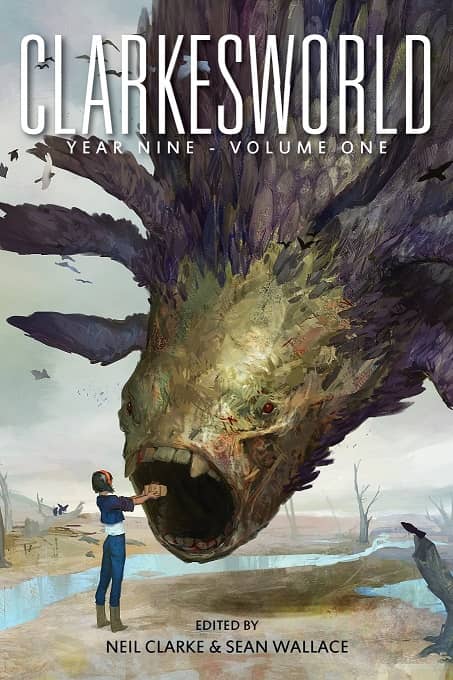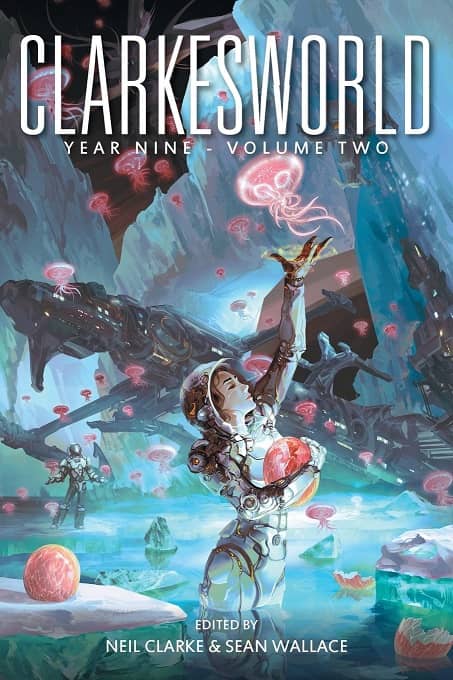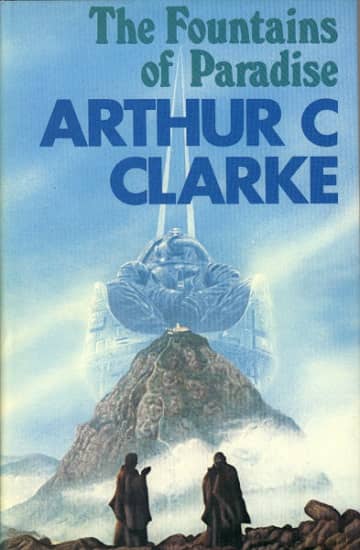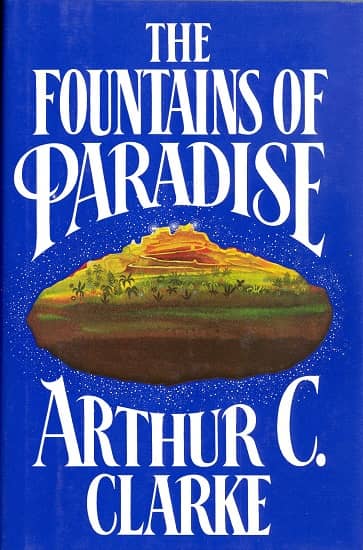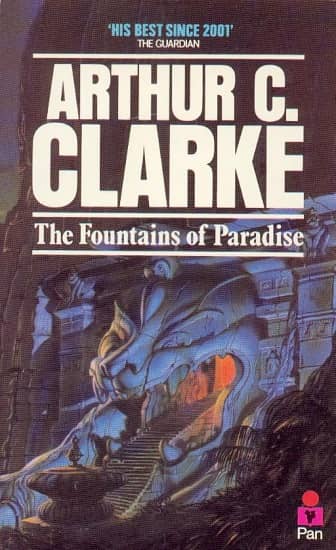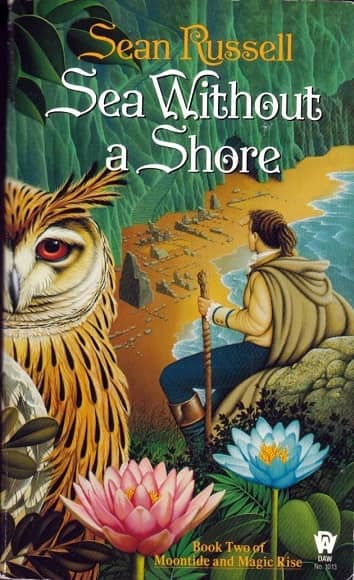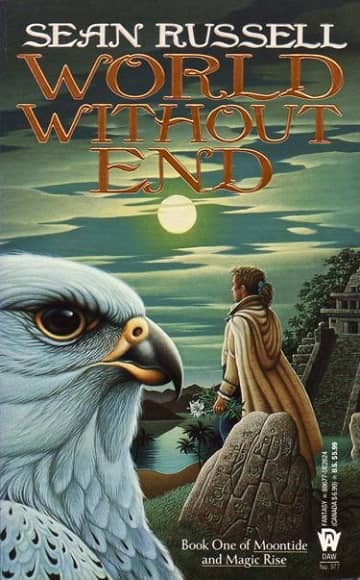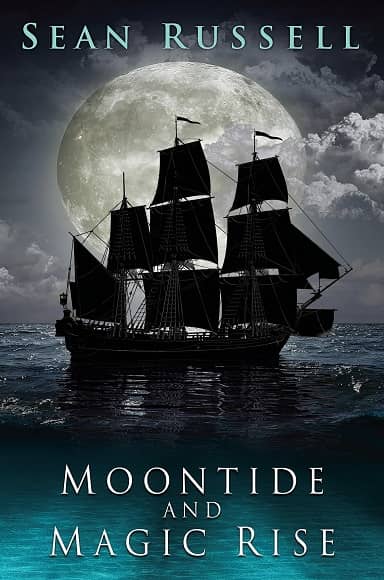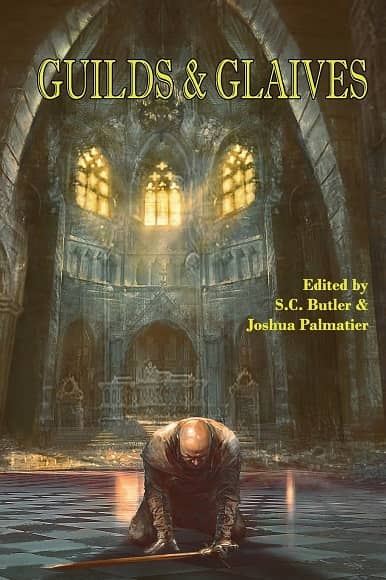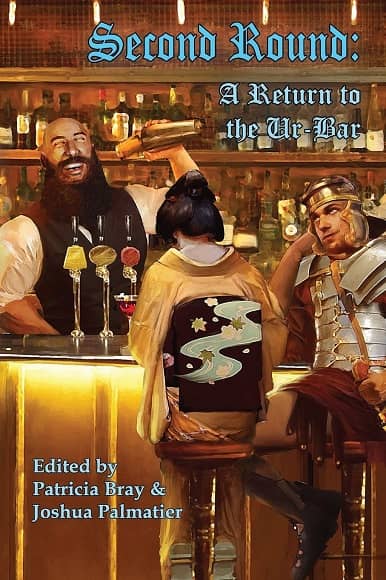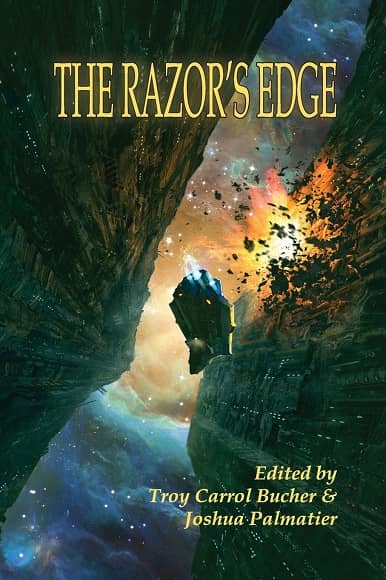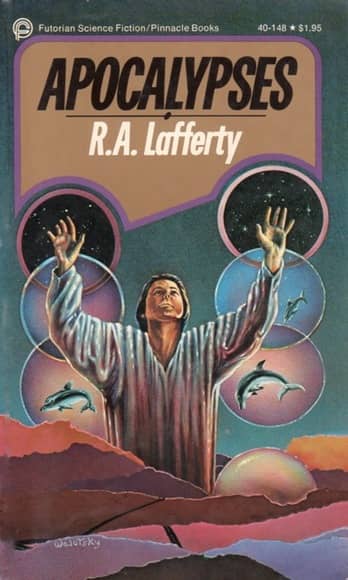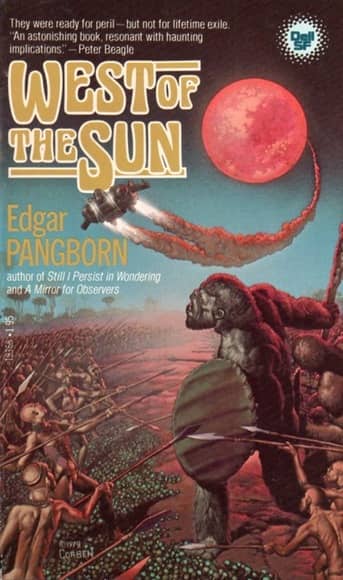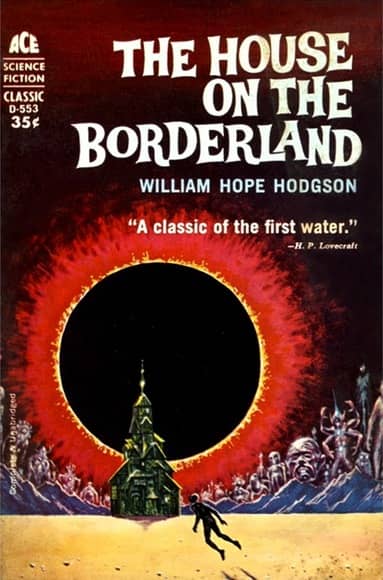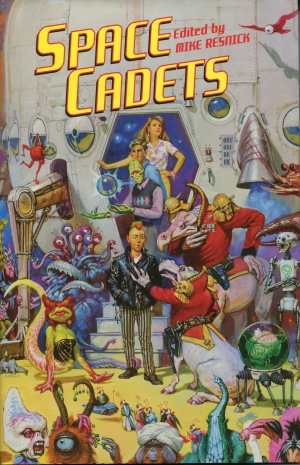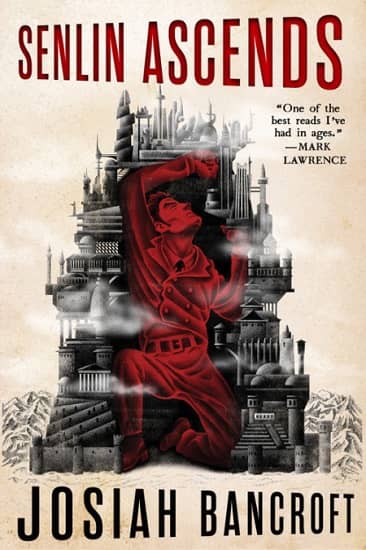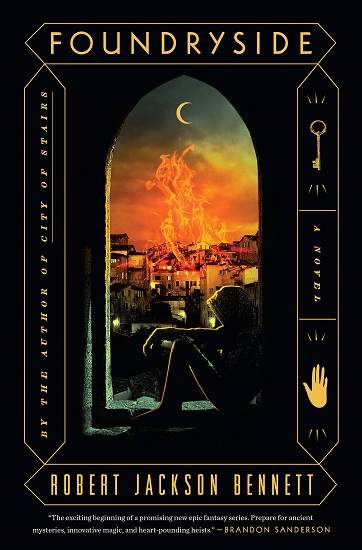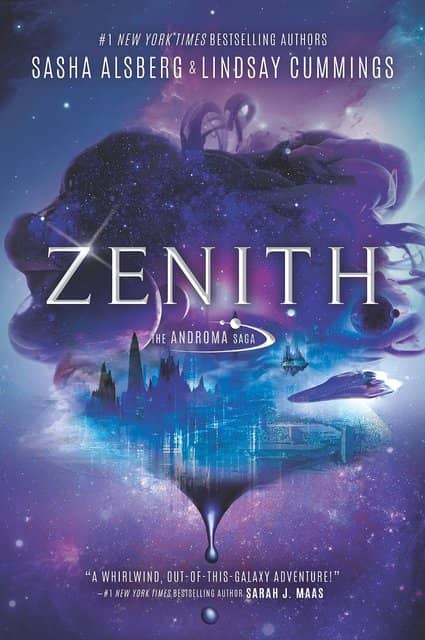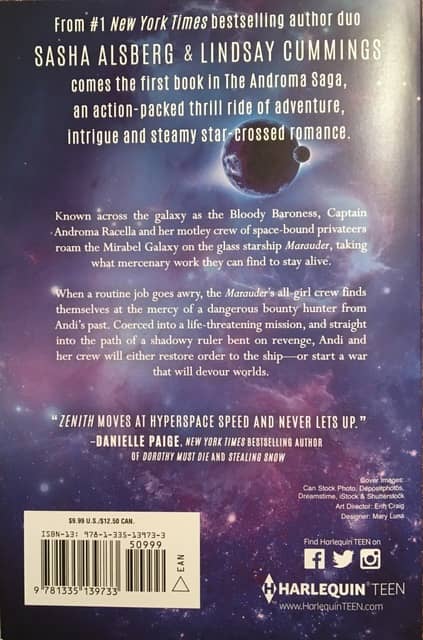A Bible-Sized Bildungsroman: Strange the Dreamer by Laini Taylor
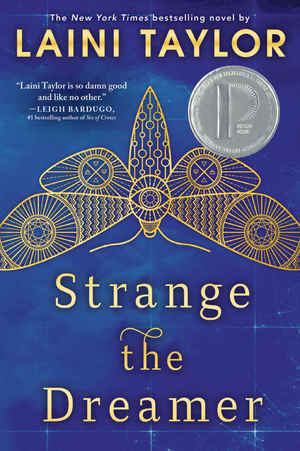 None of the other orphans at the monastery want to go anywhere near Brother Cyrus. Babbling nonsense, he grabs them by the wrists and holds them for hours.
None of the other orphans at the monastery want to go anywhere near Brother Cyrus. Babbling nonsense, he grabs them by the wrists and holds them for hours.
But foundling Lazlo Strange volunteers to take the monk all his meals. That’s because, in the midst of his babble, Brother Cyrus tells stories. He speaks of an Unseen City, a magical place tiled in lapis lazuli where tame white stags pace the streets beside beautiful women with long black hair, and giant lizards float in the canals.
Strange is a dreamer, so these stories work on him like a baited hook. He yearns to visit the Unseen City, even though he knows he never can. Foreigners are caught at the front gate and executed. No one who tries to go ever returns. And two hundred years ago, even the caravans from the Unseen City stopped circulating, as though the civilization disappeared completely.
Once, while Lazlo is playing, some strange feat of magic strips the Unseen City’s true name from his mind. In its place is a new name:
Weep.
Growing up and becoming a young man, Lazlo escapes the monastery to work at a library, where he can surround himself with stories all day. Even during his free time, he plunges into the tales, looking for clues about Weep. Painstakingly, he writes his findings down, filling volumes with his own accounts of life in the Unseen City. Over the course of seven years, he teaches himself their language, assembling sounds, words, and phrases from book-keeping receipts and other fragments.
In the course of his studies, he stumbles across the secret to turning lead into gold. But instead of taking credit for this discovery himself, he quietly passes the information to the queen’s godson, Thyon Nero, who runs an alchemical laboratory.
Rather than being thankful, however, Nero considers killing Lazlo to preserve the secret of alchemy, as well as to ensure his own continued fame as an alchemist.
